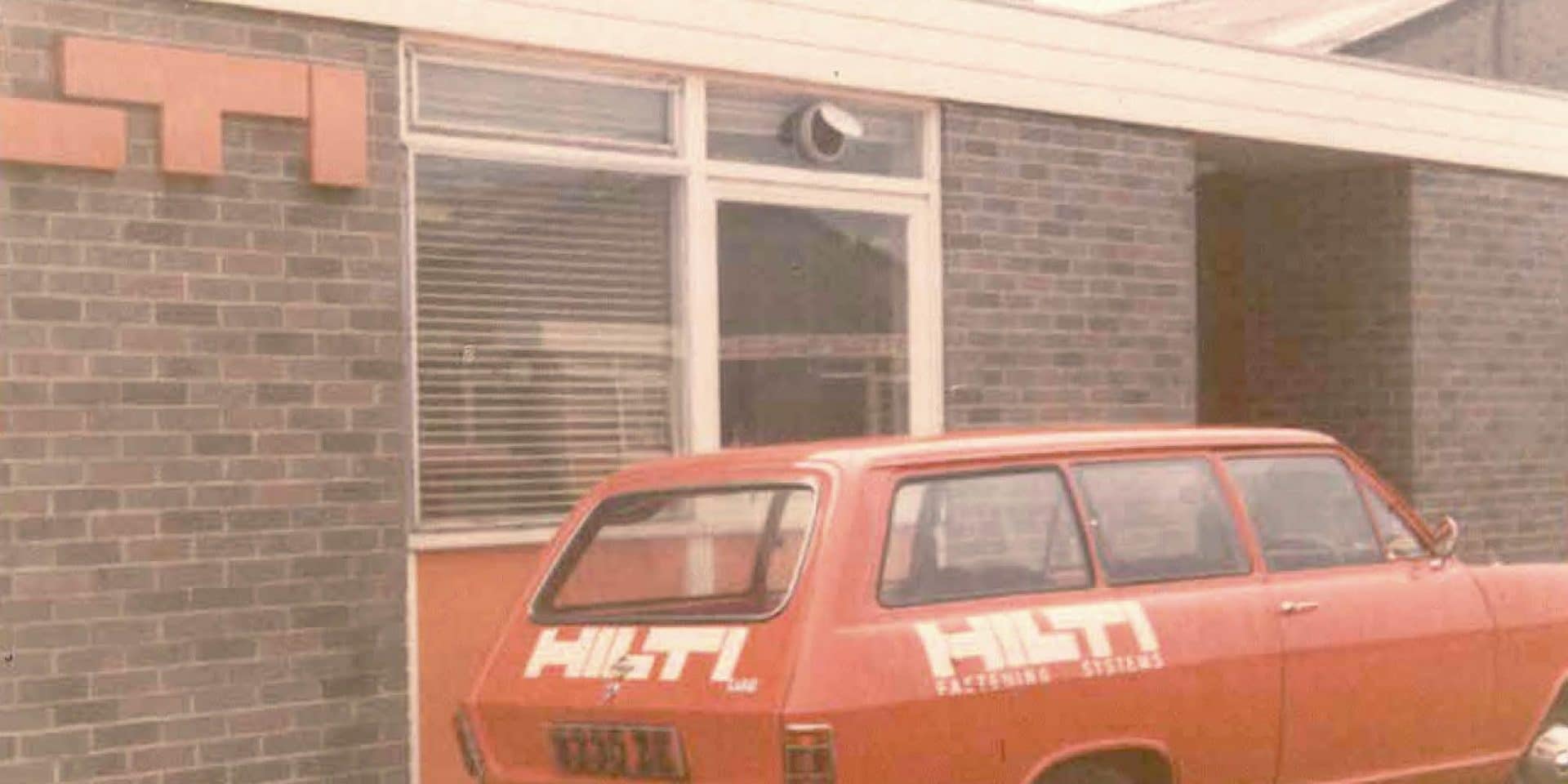- Home
- Business Optimisation
- News and Events
- Hilti Blog
Hilti Blog
Discover the latest blog posts from the team behind the scenes at Hilti

The cordless concrete grinder that went viral
Lack of power supply? Working on scaffolds? Tired of pulling cables? No problem: the DGH 130-22 is the ideal concrete grinder for your job.
Read more
Be more productive on the site
No matter what brand they are, you can track your tools, commodities, consumables, certification records and maintenance history at the click of a button with Hilti ON!Track.
Read more
Building Ireland's future together
The Hilti Ireland story is one of perseverance, growth, and a commitment to excellence that has helped shape the landscape of construction in Ireland – which many of our customers have been a crucial part of.
Read more
How to improve cost control in construction
Hilti Fleet Management is a long-term tool hire solution where you pay a monthly fee for the tools you need across your projects. This service can help you with cost management and back-office efficiency at the same time.
Read morePRODUCTIVITY

Why purchase cordless power tools?
Not only does it save time, but it boasts added convenience to help you be more productive on site.
Read more
7 benefits to signing up for a Hilti online account
There's no better time to sign up for a Hilti online account. Find out why...
Read more
How 'Internet of Things' & cordless tools are driving productivity
The importance of big data, not bigger batteries.
Read moreSAFETY

Angle Grinder Safety
As one of the most popular tools on the jobsite, angle grinders can pose a risk when not used correctly.
Read more
How technology can help make the construction industry safer
Embracing technology has many benefits, including making your construction business safer.
Read more
5 ways to ensure lithium-ion battery safety
Let's take a look at 5 ways to ensure battery safety - helping you to boost productivity and the lifespan of your batteries.
Read moreSUSTAINABILITY & FUTURE TRENDS

Sustainability in construction
At Hilti, we actively manage and take responsibility for the environmental, social and people impact of our activities through the implementation of sustainable business practices at all levels.
Read more
Answering the top 8 FAQs we get on social media
Ever wondered what our top FAQs are? We answer them in this blog!
Read more
Hilti Insights: The Future of Construction
In this series, we delve into the industry's hottest topics with thought-provoking blogs that are sure to get your brain ticking
Read more